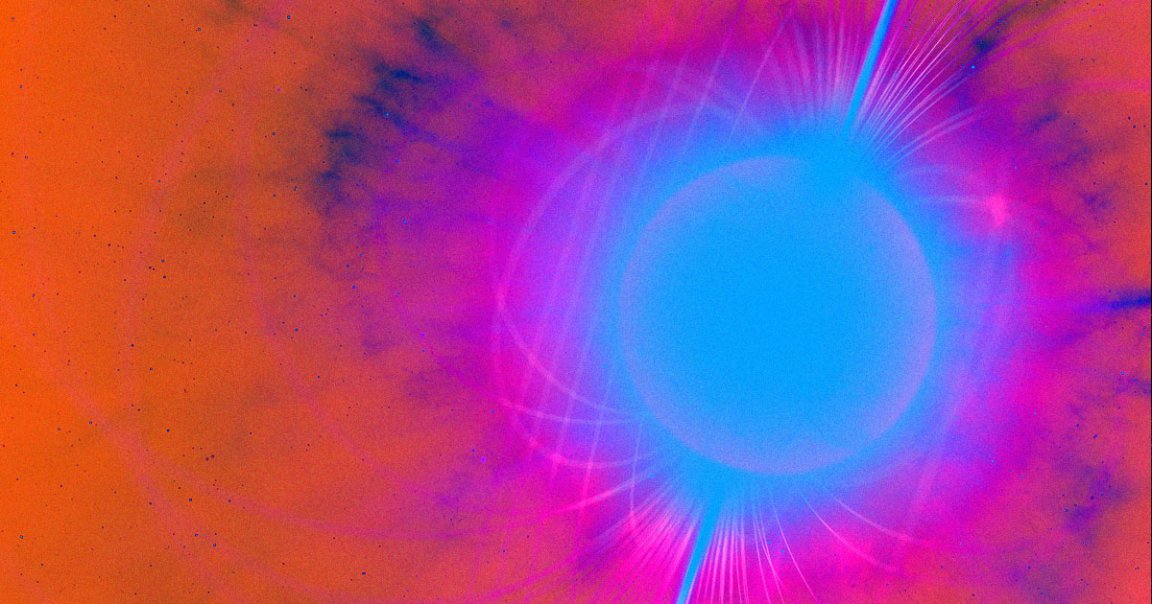
Mass Hole
Astronomers have made an exciting yet puzzling discovery, lurking some 40,000 light-years away but still within the confines of our galaxy: an object that’s far heavier than any known neutron star, but too light to be classified as a black hole, spinning around a pulsar.
In other words, the object falls into a “black hole mass gap,” which has confounded researchers for years. Could this latest object indicate that black holes can be lighter than just 2.2 solar masses? Or is it the heaviest neutron star ever detected?
This “radio pulsar-black-hole binary” — if confirmed, the first of its kind ever observed — could force astronomers to reconsider what we know about these kinds of celestial objects and even test Einstein’s theory of general relativity itself.
“A pulsar-black hole system will be an important target for testing theories of gravity and a heavy neutron star will provide new insights in nuclear physics at very high densities,” said University of Manchester astrophysics professor Ben Stappers, lead author of a new paper published in the journal Science, in a statement.
Smash Bros
The team used observations from the MeerKAT Radio Telescope in South Africa to make the discovery. The object in question is orbiting a “millisecond pulsar,” the rapidly spinning, highly magnetized, and extremely dense remains of a collapsed star.
What neutron stars turn into when they collapse, by either getting too heavy or smashing into another star, remains the subject of much speculation. One theory suggests they turn into black holes, a gravitational well so powerful that it can even suck up light itself.
According to current theories, a neutron star needs to grow to at least 2.2 times the mass of the Sun to collapse. Researchers, however, have determined that for them to become black holes, they’d need to be at least around five times the mass of the Sun.
The latest discovery could shed light on this “mass gap” — though plenty of questions remain.
“We’re not done with this system yet,” said coauthor and Max Planck Institute doctoral student Arunima Dutta in the statement. “Uncovering the true nature of the companion will be a turning point in our understanding of neutron stars, black holes, and whatever else might be lurking in the black hole mass gap.”
More on neutron stars: Neutron Star Collision Unleashes Explosion One Million Times Brighter Than Our Galaxy